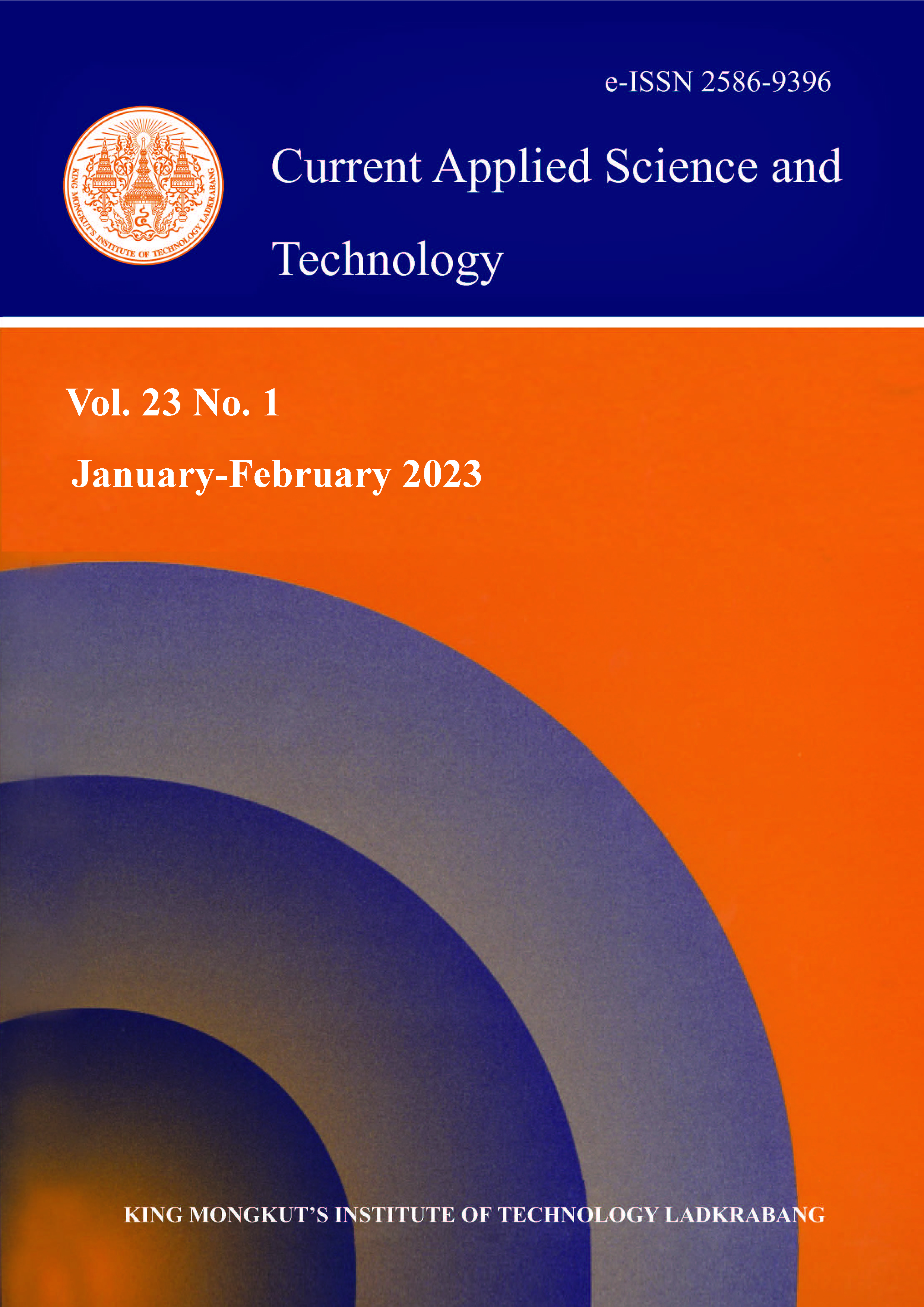Multi-label classification (MLC) is a supervised classification method that allows for a data instance with more than one class label (or target). Solving MLC is still a challenging task. MLC can potentially generate complex decision boundaries as the method is a non-mutual exclusive classification method. Recently, many techniques have been proposed to cope with the complexity of MLC problems, such as the Problem transform method (PTM), the Adaptation method (AM), and the Ensemble method (EM). These techniques can generally produce good results with certain datasets. However, they have poor classification performance when the number of possible class-labels is larger, even if the dataset is well-presented (high density). The aim of this work was to solve the MLC problems by performing a feature reconstruction process on the original data features. The proposed feature reconstruction method generates a set of compact features from the original data instances. AutoEncoder is deployed to learn and encode the features of the data (as the constructed feature steps) before they are classified by learning algorithms (or classifiers). We conducted experiments using different multi-label classifiers based on and around PTM, AM, and EM, on the set of the standard dataset. The results from the experiments demonstrated that the proposed feature reconstruction technique provides promising classification results, especially with high-density data.
Keywords: multi-label classification; multi-label feature transformation; feature engineering; high density data; feature reconstruction
*Corresponding author: E-mail: Phatthanaphong.c@msu.ac.th
Sangkatip, W. ., & Chomphuwiset*, P. . (2022). Improving Multi-label Classification Using Feature Reconstruction Methods. CURRENT APPLIED SCIENCE AND TECHNOLOGY, DOI: 10.55003/cast.2022.01.23.013 (20 pages). https://doi.org/10.55003/cast.2022.01.23.013

